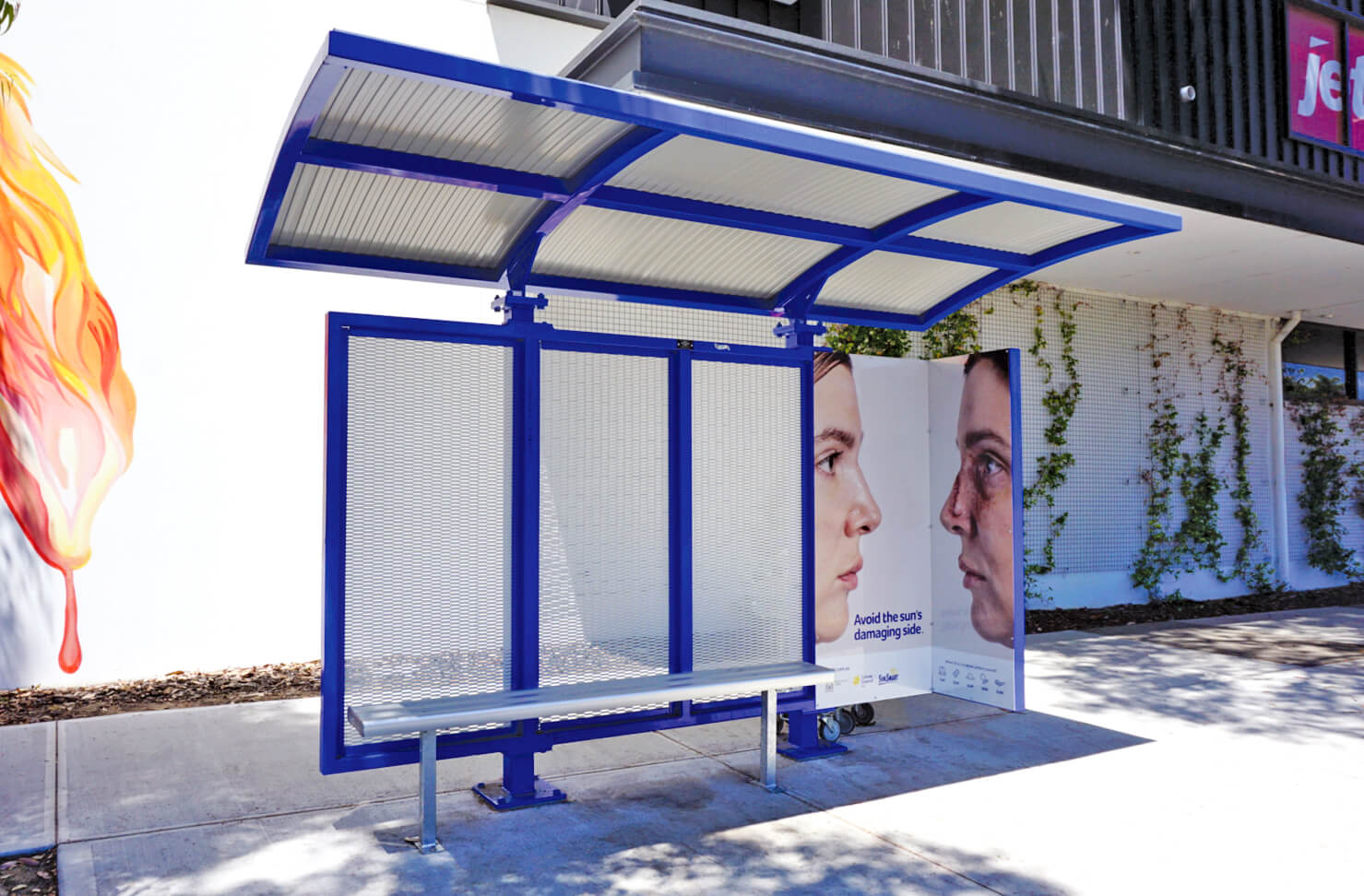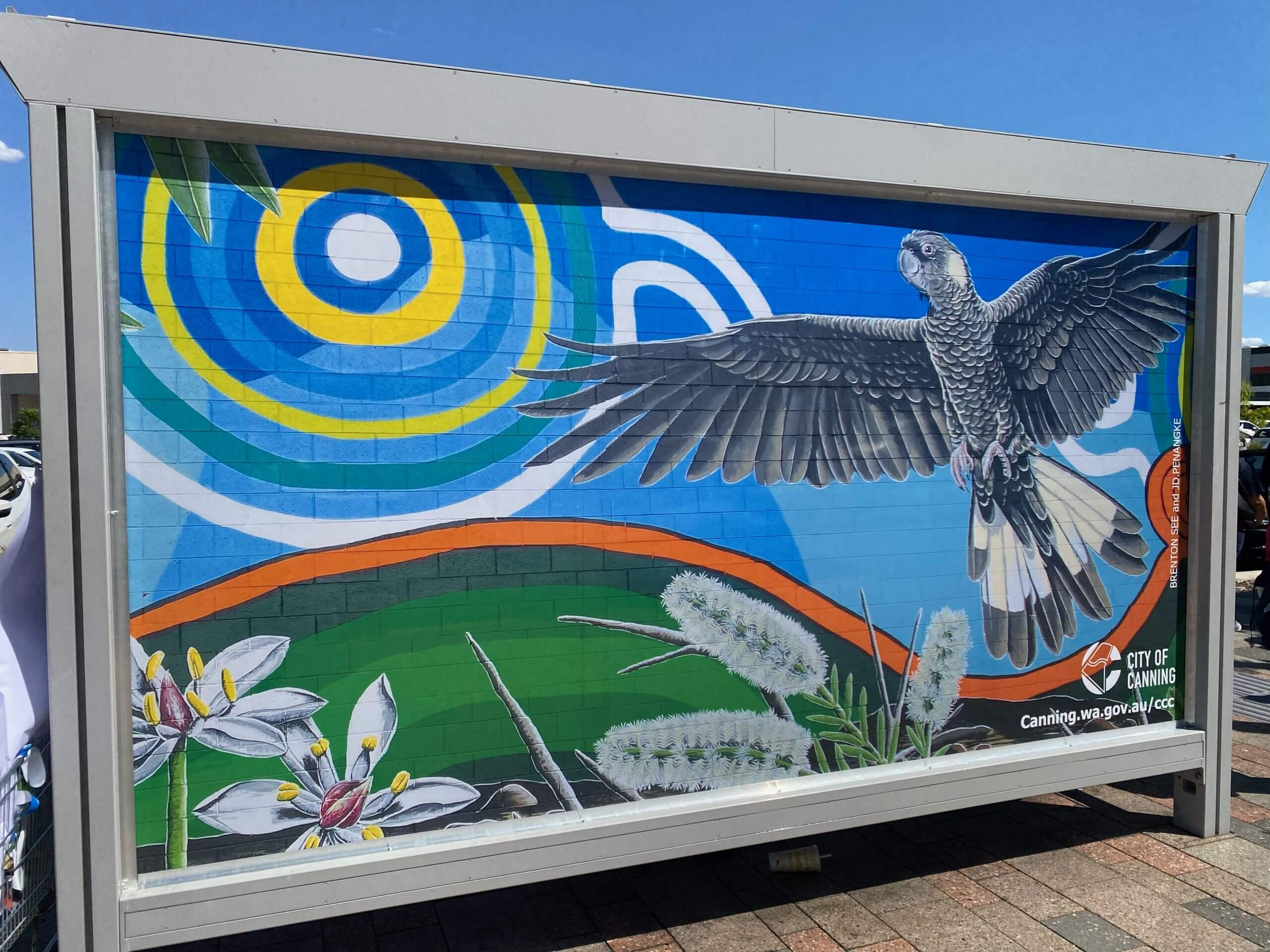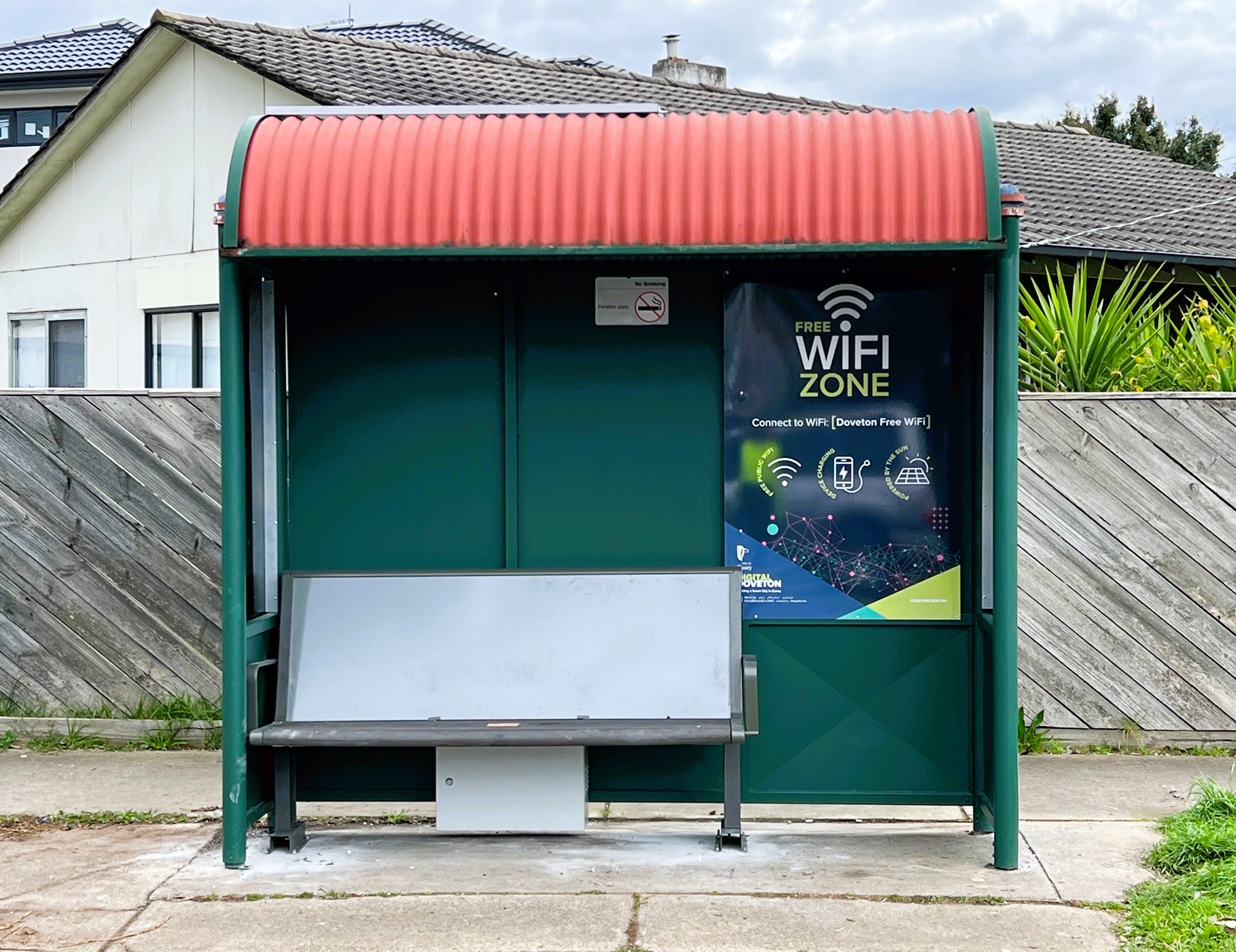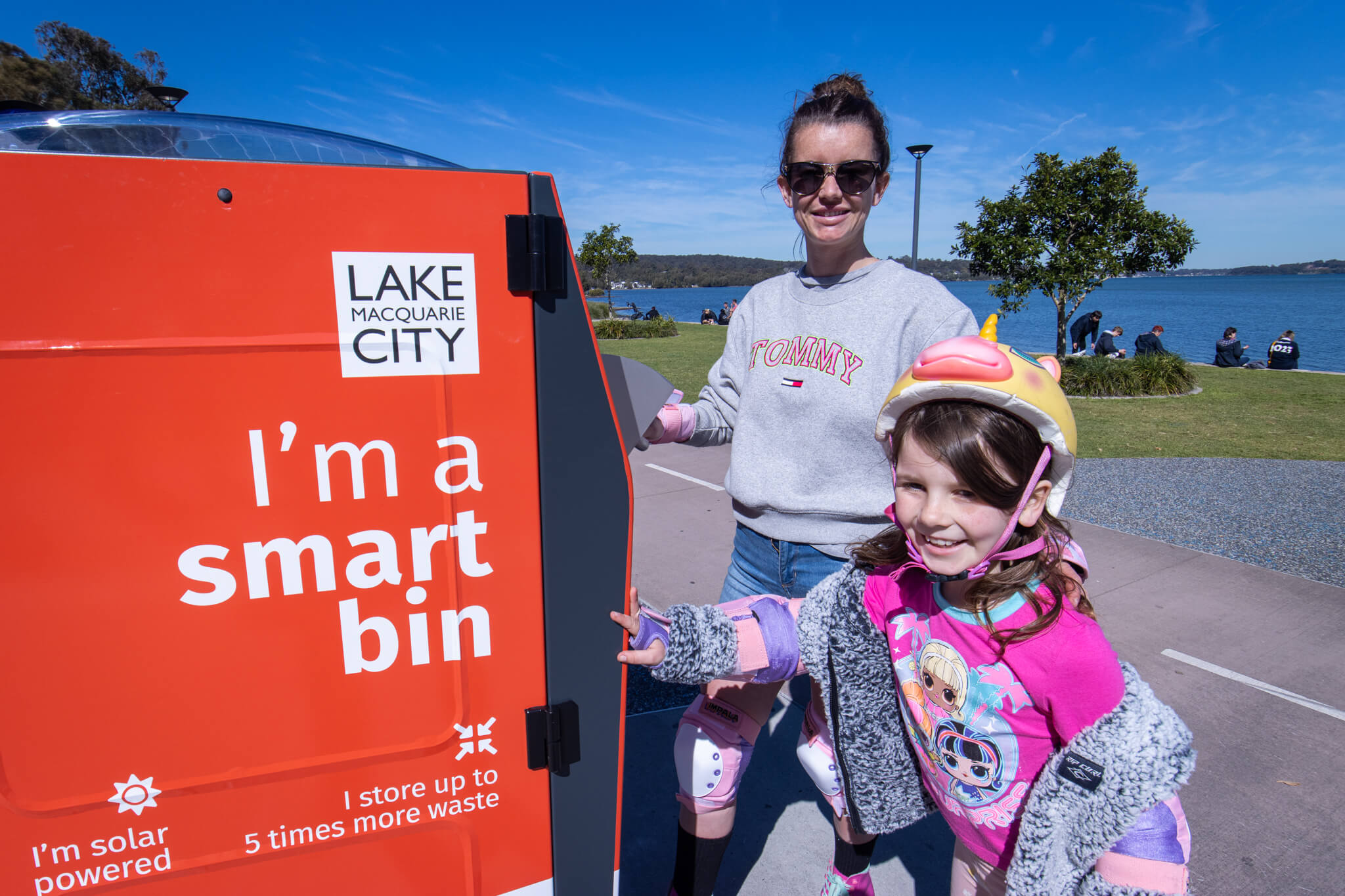Educators feel that there is now a great need for integration of the concepts of STEM with the broader arts curriculum of STEAM. Future employees will need to have a large range of skills over multiple fields of expertise.
STEAM the way forward
Our sister company Global Smart Kids focuses on educational tools teaching STEAM and IoT principles to school kids. Backed by a team of industrial and digital designers that collaborate with software engineers and data scientists to create innovative smart products and designs.
It is important to understand the difference between STEM and STEAM. ‘STEM’ mainly focuses on scientific concepts, such as science, technology, engineering and maths. STEM has been the main focus in schools and educational institutions in getting students ready for the future of the workforce.

Source: Australian Bureau of Statistics, Australian Census of Population and Housing, 2006 and 2011.
‘STEAM’ uses the same concepts but uses a creative process through the additional arts curriculum – humanities, language arts, dance, drama, music, visual arts, design and new media. Students studying STEAM subjects are now demonstrate new and exciting ways of thinking and problem solving, as well as extremely active engagement.
Historically it has been proven the importance of blending science and art, for example Leonardo Da Vinci’s mammoth discoveries. Today creative collaborations are growing in a variety of fields. Cambridge University currently has a STEAM program teaming up professors with young students in a live coding music manipulation experiment.
This type of learning is beginning to become a major part of the National Curriculum, with imaginative and curious teachers playing a major part collaborating with their students. Schools and institutions are also creating ‘maker spaces’, which are educational areas for collaboration and discovery. Using science and tech resources such as soft circuits, embedded video, game creation, data art, and more.
Looking to the future
We support a STEAM approach where all students can be creative with real-world IoT thinking, realising the intersections between art, engineering, maths, science and technology. Problem solving is a core skill, as are connection, care, community and culture for today’s connected schools.
If you are interested in learning more about Real World IoT get in touch with us at hello@globalsmartkids.com.
More reading: STEAM not STEM: Why scientists need arts training
The hunt for the Superstars of STEM to engage more women in science







